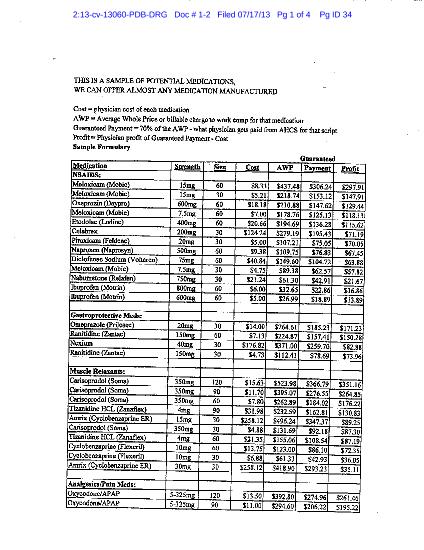Time to take off the CrankyPants and list all the reasons I really love workers’ comp – and yes, there are more than three!
- Work Comp is great because it has a REAL outcome – care is judged based on getting the patient back to functionality. And that’s how ALL medical care should be measured!
- Work Comp is great because it works pretty well, most of the time. Not the highest standard, but given all the efforts by all the bad actors to screw things up, it’s a minor miracle it hasn’t come to a grinding halt everywhere.
- Work comp is great because most docs, PTs, pharmacists, and rehab professionals, and yes even attorneys are diligent, responsible, committed, and concerned.
- Work comp is great because the vast majority of claimants really truly want to get better fast and get back to work.
- Work comp is great because it is a pretty small world, reputations spread quickly, and the community supports those who do good work.
- Work comp is great because it is a LOT better than the alternative…
- Work comp is great because almost all of the regulators I know really want to make the system work better/faster/cheaper/more responsibly.
- Work comp is great because there are many smart, loud, and committed folks talking and writing about what needs to happen and why. Sure they/we get frustrated a lot, but they keep it up. I’m talking about you, WorkersCompInsider; Roberto Ceniceros, Rebecca Shafer, David DePaolo, Denise Algire, Bob Wilson, Peter Rousmaniere, Richard Krasner, Mark Walls, Jen Jordan.
- Work comp is great because CWCI president Alex Swedlow really knows his stuff, calls it like he sees it, and can make even the most arcane, technical, dry stuff interesting and important.
- Work comp is great because WCRI has upped its game considerably. Research now uses much more current data and their work in social media is getting stronger by the day.
- Finally, work comp is great because we hold each other accountable.


